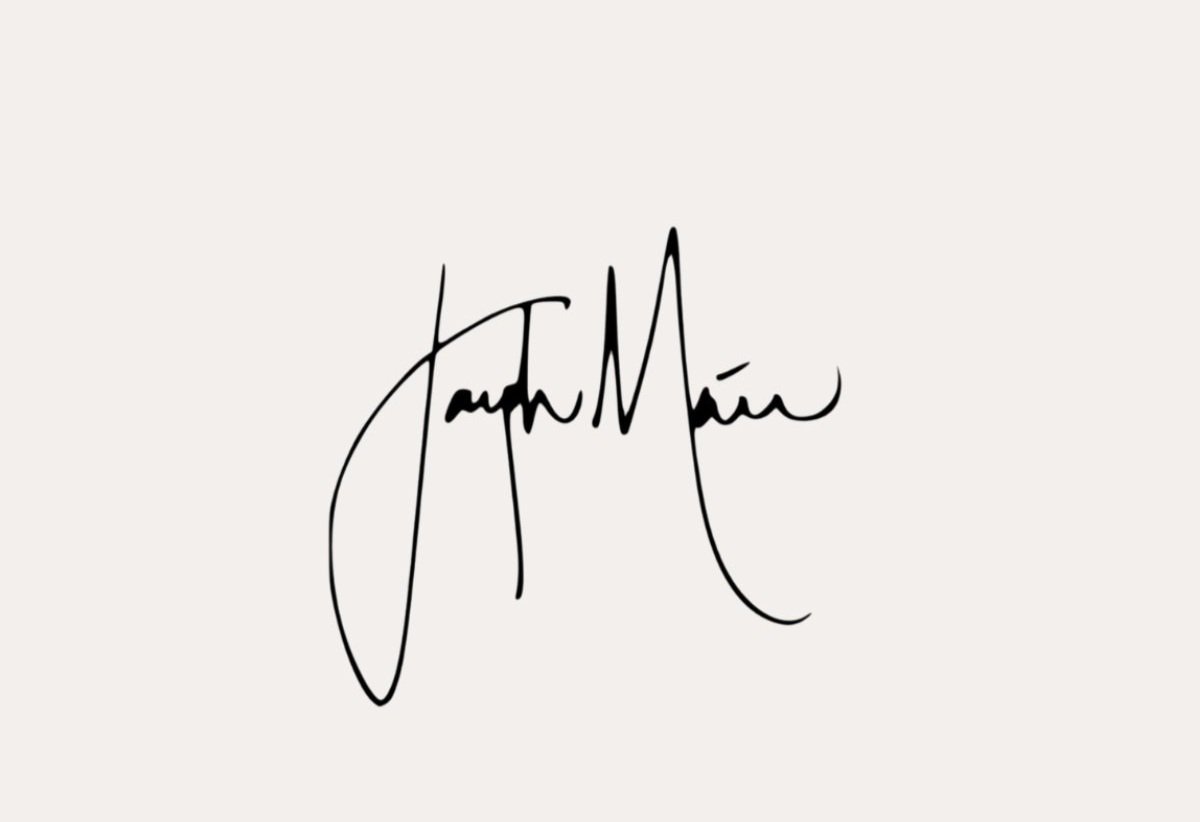HOW I MADE IT: The Foam Free Dahlia Wreath
Here in northern England we’re in the very final flush of our Dahlia blooms, and as we’re expecting our first frost any day now (which will herald the end of the season) it’s the perfect time to seriously indulge in their bounty before they fade away until next Summer.
In this delicious step by step we’re using one of my favourite foam free techniques to create a truly sustainable base for our fresh blooms. To ensure this design is created as sustainably as possible all the reel wire, the copper base and indeed the moss can be reused after the flowers have faded, and the compostable food bags will decompose readily alongside the blooms.
It’s worth noting that this moss and compostable wrapping technique can be used in a multitude of different designs too, but it does work particularly well for wreath forms.
If there is one thing this year has taught me, it’s to be grateful for the present moment - and this design truly revels in the very last of these incredible blooms. I do hope you’ll dive into celebrating the season with me.
For this design you’ll need :
Focal Flowers: 50 stems of locally grown Dahlia
Secondary Flowers: 10 stems of Rose Hips
Foliages : 10 stems of Senecio Greyii
Sundries : A copper wreath base, moss, reel wire, compostable food bags.
1 - Begin with a copper wreath base, of the size that you wish to make your dahlia wreath - I used a 16 inch base for this project. Open your responsibly purchased moss (do not gather from the wild) and prepare your moss for use by removing any branches, twigs or cones.
2 - Take a spool of reel wire (sometimes called mossing wire) and twist the tip of the wire onto the copper wreath base, securing the wire to base. Gather a handful of moss, and hold it to the copper ring, and carefully wrap the wire around the clump of moss, binding it tightly to the wreath base. Repeat the process, taking a second handful, and placing this handful next to your first handful, and again bind it to the ring with the reel wire. Repeat the process until the entire ring is covered with moss, tightly bound in place. Once finished, trim the wire from the spool, and pierce the wire end into the moss to secure. Take the moss ring, and dunk into a bucket of water and leave for 10-20 minutes until the moss base has absorbed plenty of water.
3 - To provide our dahlia with a water source for this project, we’ll need to keep the moisture within our wreath. To do this we’ll be using a handful of compostable food bags, which once bound onto the wreath will keep the water from seeping out of our wreath base. Take three or four bags and open them up so the material isn’t too thick. Next cut the sides and bottom of the bags open, until you have a long, flat ribbon of compostable plastic. Secure your reel wire again to the wreath base, and begin to bind the compostable material around the wreath base.
4 - Once you’ve entirely covered the wreath base with the compostable material, cut the wire from the reel, and again pierce it into the base to secure. Begin to add fresh material into the base, starting with the Senecio foliage. The compostable material should be thin enough so that strong stems will easily pierce the fabric and nestle into the moss base. Should you find the fabric a little tough to get through, prior to adding in a stem take your knife, and make a small cut in the fabric. This will enable you to then insert the stem through the opening, and ensure your stem finds a water source.
5 - Continue to add in Senecio all the way around the wreath, building up your circular form. Add in the Rose Hips in the same manner, building the form of the wreath as you go.
6 - Once the base is lightly covered with Senecio and Rose Hip, begin to add in the Dahlias. Begin by working from the outside in, by placing the dahlia around the outer edge of the design, followed by the blooms at the top of the wreath, and finally towards the inside of the wreath.
7 - As a final touch, add in a small loop of reel wire to the back of the wreath, enabling you to hang the wreath if desired. Mist lightly with water, and enjoy!
Ps - if you enjoy this step by step, why not sign up to our future Resources below - you’ll be the first to hear all about our future Resources, and as a thank you, we’ve created an exclusive Resource - The Flower Care Guide - packed with my top care and conditioning information, waiting for you too!

















